44 carbohydrates on food labels
Understanding Food Labels - The Nutrition Source Under the Food Allergen Labeling and Consumer Protection Act of 2004, eight major food allergens—milk, fish, tree nuts, peanuts, shellfish, wheat, eggs, and soybeans—are required to be listed in a "contains" statement near the Ingredients list if present in a food. An example would be "contains wheat, milk, and soy." How are Carbohydrates & Dietary Fiber Labelled on Foods? The fibers listed below are the most common sources being added to food and can be declared on the Nutrition Facts label as dietary fiber. FDA approved isolated and synthetic non-digestible carbohydrates Gum Acacia Alginate Apple Fiber Bamboo Fiber Carboxymethylcellulose Corn Hull Fiber Cottonseed Fiber Galactooligosaccharides
How to Calculate the Carbohydrates From the Food Label if Fiber ... - Chron Dietary fiber is a type of carbohydrate that isn't digested by your body. As a result, it doesn't affect your blood sugar levels. So a food label that shows 10 grams of carbohydrates per serving with 5 grams of dietary fiber would only contain five net carbs. However, many foods that you'll find in the grocery store contain a minimal amount of ...

Carbohydrates on food labels
This Is How to Read a Nutrition Facts Label on the Keto Diet Depending on the daily carb intake you've determined for yourself to stay in ketosis, this is a quick way to determine whether you have room in your daily eating plan for a particular food. (Remember, a ketogenic diet is typically a ratio of about 70-75% fat, 15-25%+ protein, and 5% or less of calories from carbs.) Food Labels: Carbohydrates | Home & Garden Information Center According to nutrition experts, carbohydrates should provide 45-65% of your total daily calories. That means carbohydrates should supply 900 calories or more in a 2,000-calorie-a-day diet. Facts on Food Labels Food labels contain clues to a food’s carbohydrate content, including the amount per serving. Carbohydrate Choice Lists - Centers for Disease Control and Prevention *Yogurt is highly variable in carbohydrate content, so check the food label to be sure. Non-starchy Vegetables 1 serving = 5 grams carbohydrate. Non-starchy Vegetables; Food Serving Size; Vegetables, cooked: ½ cup: Vegetables, raw: 1 cup: Vegetable juice:
Carbohydrates on food labels. How To Figure Out The Carbs On Nutrition Labels Sugars gives you the total amount of carbohydrate, in grams, from naturally occurring sugars like lactose (milk sugar) and fructose (fruit sugar) PLUS any added sugars like high fructose corn syrup, brown and white sugar, cane juice, etc. Added sugars are the sugars and syrups added to foods during processing or preparation. Food Labels and Counting Carbs - dummies Jun 18, 2019 · Looking at the Total Carbohydrate amount on food labels is important because carbohydrates digest and eventually turn into glucose, which ends up in the bloodstream. Having diabetes means you should be paying attention to how much carbohydrate you're eating. Food labels help you do just that, but you need to look for the grams of carbohydrate, not the %Daily Value. Food Labeling & Nutrition | FDA Food labeling is required for most prepared foods, such as breads, cereals, canned and frozen foods, snacks, desserts, drinks, etc. Nutrition labeling for raw produce (fruits and vegetables)... Food Labels | CDC - Centers for Disease Control and Prevention If you eat the whole thing, you are eating 8 times the amount of calories, carbs, fat, etc., shown on the label. Total Carbohydrate shows you types of carbs in the food, including sugar and fiber. Choose foods with more fiber, vitamins, and minerals. Choose foods with lower calories, saturated fat, sodium, and added sugars. Avoid trans fat.
Low Carb Guide to Understanding Nutrition Labels - Virta Health Aim for 5g per day: 3g from food and salting your food to taste and an additional 2g from boullion. 6. Total Carbohydrate. The carbohydrate count is given as total grams, and then broken down into carbs from fiber and sugar. Focus on total carbohydrate. Sugar should be zero as often as possible (1-2g at most). How Do They Calculate Calories on Food Labels? 22 grams of carbohydrate (22 x 4 = 88 calories) 2 grams of protein (2 x 4 = 8) ...should contain approximately 140 calories. It's important to recognize that 4-9-4 is an average, and not an exact amount. For example, 1 gram of fat in one food may yield 8.34 calories while 1 gram of fat from another food yields 9.7 calories. Learning To Read Labels :: Diabetes Education Online On a nutrition food label, subtract the fiber from the total carbohydrate amount. When you read food labels, the grams of sugar are already included in the total carbohydrate amount, so you do not need to count this sugar amount separately. The grams of sugar listed include both natural sugars, from fruit or milk, and added sugars. How to Understand and Use the Nutrition Facts Label | FDA - U.S. Food ... More often, choose foods that are: Higher in %DV for Dietary Fiber, Vitamin D, Calcium, Iron, and Potassium Lower in %DV for Saturated Fat, Sodium, and Added Sugars Example: Look at the amount of...
What is total carbohydrates on a nutrition label? Carbohydrates are a type of macronutrient that may be found in a variety of meals and beverages. The majority of carbohydrates are found naturally in plant-based meals such as … Learning To Read Labels :: Diabetes Education Online When you read food labels, the grams of sugar are already included in the total carbohydrate amount, so you do not need to count this sugar amount separately. The grams of sugar listed include both natural sugars, from fruit or milk, and … Reading food labels: Tips if you have diabetes - Mayo Clinic Less than 5 grams of carbohydrates a serving Do the math Pay attention to serving sizes. The serving sizes listed on food labels may be different from the serving sizes in your meal plan. If you eat twice the serving size listed on the label, you also double the calories, fat, carbohydrates, protein, sodium and other ingredients. What is total carbohydrates on a nutrition label? Dietary carbohydrates are classified into three types: Sugars. These are short-chain, sweet carbohydrates present in meals. Glucose, fructose, galactose, and sucrose are among examples. Starch. These are long-chain carbohydrates found in plants that become sugars when they're broken down by enzymes in the body.
What does total carbohydrates on food labels include? #1 The Number Stickers on Fruits and Vegetables. You might not think of the numbered stickers on fruits and vegetables as being a food label, but you can actually get #2 The Serving Size. #3 Calories. #4 Fat. #6 Fiber. #8 % DV (Daily Value) Another thing to look for on a label is the % DV (Daily Value). #10 Ingredient List.
Sugars on food labels - Sugar Nutrition Resource Centre The Nutrient Information Panel on the back of the pack, shows detailed information on the average amount of energy, protein, fat, saturated fat, carbohydrate, sugars and sodium (a component of salt) in the food, as well as any other claim that requires nutrition information. It shows this information in a serve and also in 100ml (liquid) or 100 ...
Food Labeling & Nutrition | FDA 16.05.2022 · Food labeling is required for most prepared foods, such as breads, cereals, canned and frozen foods, snacks, desserts, drinks, etc. Nutrition labeling for raw produce (fruits and...
LABEL READING: CARBOHYDRATES AND SUGARS - Renaissance Nutrition Center ... If there were sugar names in the ingredient list, then be very suspicious of what is on the label. The label may list as many as six items: Total Carbohydrate Dietary Fiber Soluble fiber Sugars Sugar alcohols Other Carbohydrates Some manufacturers voluntarily include the subcategories of sugar alcohol and "other carbohydrates." Others do not.
Reading Food Labels | ADA - American Diabetes Association The Nutrition Facts labels on foods are really the key to making the best choices. We'll cover the basics so that these labels make shopping easier for you. Get started Understanding Carbs You've heard it all. From carb-free to low-carb, to whole and empty carbs, it's hard to know what it all means. Learn more Food & Blood Sugar
How to Use the Nutrition Facts Label — Diet Doctor This chocolate has 14 grams of carbohydrates per serving. 3. Calculate net carbs per serving Third, check the grams of dietary fiber per serving (circled in green, above). Subtract the fiber (green) from the total carbohydrates (blue) to get the net carbs. This chocolate has 9 grams of net carbs per serving (14g carbs - 5g fiber = 9g net carbs).
How To Figure Out The Carbs On Nutrition Labels 01.03.2011 · Carbs on a label also refer to fiber and the sugars that are the composition of the food — like the natural sugars that are found in fruits, vegetables, grains, and milk. Carbs are the body’s main source of fuel — it’s …
Carb Counting #2: Nutrition Labels - tandemdiabetes.com Check out the complete Carbohydrate Counting series: Carb Counting #1: Food & Blood Glucose. Carb Counting #2: Nutrition Labels. Carb Counting #3: Other Influences. Carb Counting #4: Alcohol. The material provided is for educational and training purposes only, is general in nature, and is not intended to replace the medical advice of your ...
Understanding food labels | Diabetes UK Labels on the front don't include the amount of carbs, so check the label on the pack for the total carbohydrate, which includes carbohydrates from starchy food as well as sugars. The figures for sugars on traffic lights are for total sugars, which doesn't tell you how much of the sugar comes from natural sources, such as fructose and how ...
Reading labels | Diabetes UK Key points Always look at the 'total carbohydrate' on the label when carb counting. This will make sure you are counting both the complex (starchy) and simple (sugary) carbs in your food. Both will raise your blood glucose (blood sugar) levels, and need to be matched with insulin.
Reading Food Labels for Carbohydrates - dummies 08.11.2017 · Food labels are a fabulous resource for finding out how many carbohydrates are in your foods. You can use these labels to compare the carbohydrate content of different …
Food labels - NHS This type of label includes information on energy (kJ/kcal), fat, saturates (saturated fat), carbohydrate, sugars, protein and salt. It may also provide additional information on certain …
PDF Read the Food Label for Carbohydrates - National Institutes of Health Read the Food Label for Carbohydrates Food labels help you choose foods that are lower in calories and in carbohydrates and sweeteners. Here is a food label for a 12-ounce regular soda. The label provides lots of useful information. 1. Serving Size and Number of Servings The serving size is 12 ounces. There's 1 serving in this container. 2.
Counting Carbohydrates :: Diabetes Education Online There are many resources you can use to count carbohydrates: Nutrition Facts food labels on packaged foods list the total grams of carbohydrate. The American Diabetes Association Exchange Lists for Meal Planning: Choose Your Foods lists grams of carbohydrate per exchange serving size. In this system, one carbohydrate exchange serving equals 15 ...
How To Read Food and Beverage Labels - National Institute on Aging At the top of the Nutrition Facts label, you will find the total number of servings in the container and the food or beverage's serving size. The serving size on the label is based on the amount of food that people may typically eat at one time and is not a recommendation of how much to eat. Read more about serving and portion sizes.
Reading Food Labels for Carbohydrates - dummies To find the amount of carbohydrates in your foods, follow these steps: Look for the line that reads "Total Carbohydrate" on the label. The value on this line will tell you how many grams of carbohydrates are in one serving of the food. Check the number of servings per container to see if your package has one or more servings.
Food labels - NHS Nutrition labels are often displayed as a panel or grid on the back or side of packaging. This type of label includes information on energy (kJ/kcal), fat, saturates (saturated fat), carbohydrate, sugars, protein and salt. It may also provide additional information on certain nutrients, such as fibre.
Understanding food labels | Diabetes UK The labels show how many calories are in the food or drink and are also colour coded to show whether the food is low (green), medium (amber) or high (red) in fat, saturated fat, sugar and salt. The information on the front of the pack also …
Carbohydrate Choice Lists - Centers for Disease Control and Prevention *Yogurt is highly variable in carbohydrate content, so check the food label to be sure. Non-starchy Vegetables 1 serving = 5 grams carbohydrate. Non-starchy Vegetables; Food Serving Size; Vegetables, cooked: ½ cup: Vegetables, raw: 1 cup: Vegetable juice:
Food Labels: Carbohydrates | Home & Garden Information Center According to nutrition experts, carbohydrates should provide 45-65% of your total daily calories. That means carbohydrates should supply 900 calories or more in a 2,000-calorie-a-day diet. Facts on Food Labels Food labels contain clues to a food’s carbohydrate content, including the amount per serving.
This Is How to Read a Nutrition Facts Label on the Keto Diet Depending on the daily carb intake you've determined for yourself to stay in ketosis, this is a quick way to determine whether you have room in your daily eating plan for a particular food. (Remember, a ketogenic diet is typically a ratio of about 70-75% fat, 15-25%+ protein, and 5% or less of calories from carbs.)
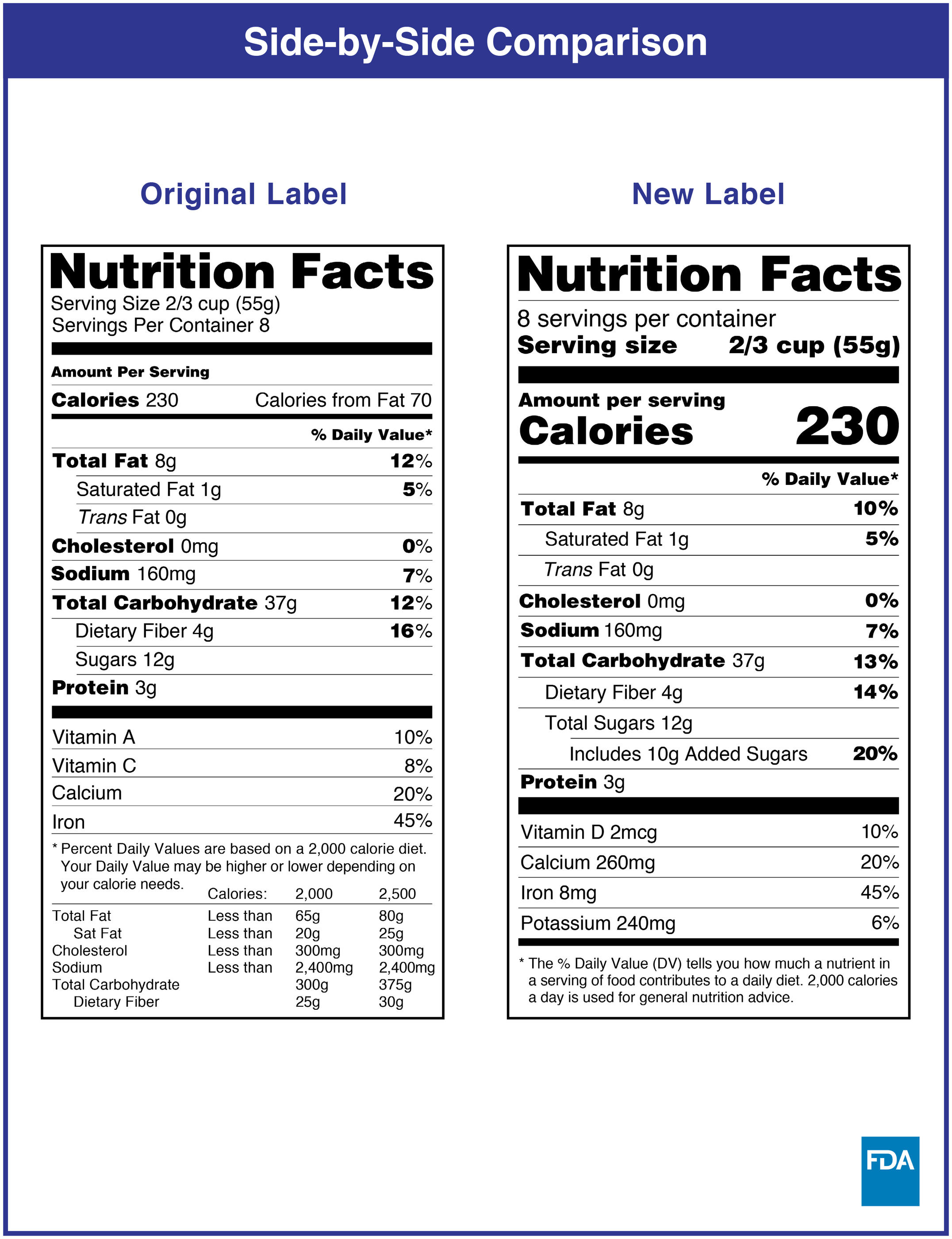
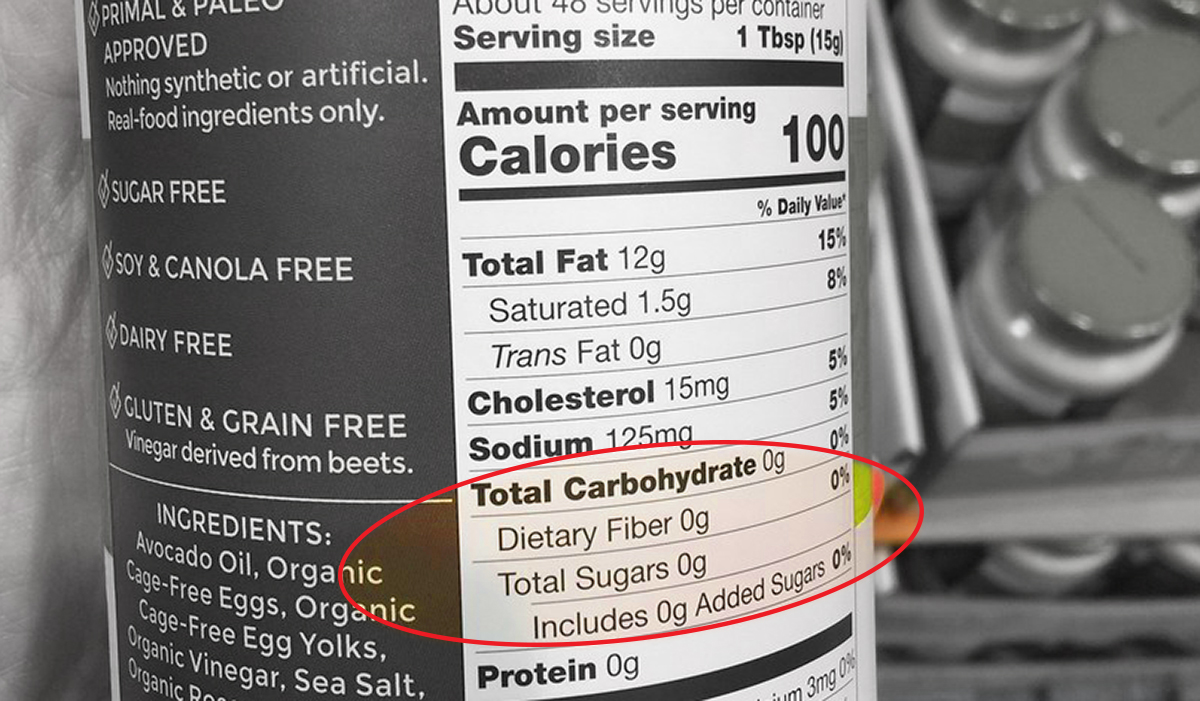
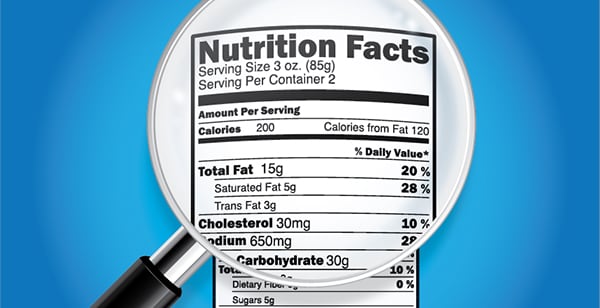

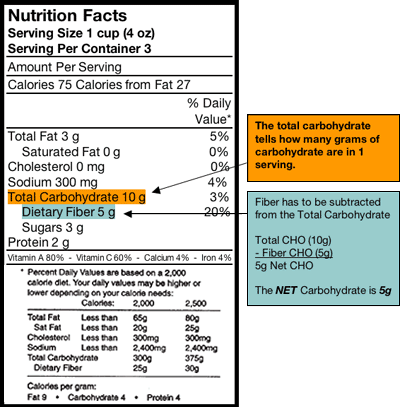
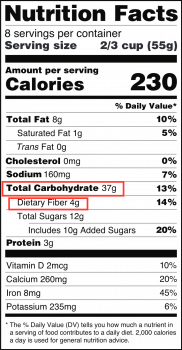

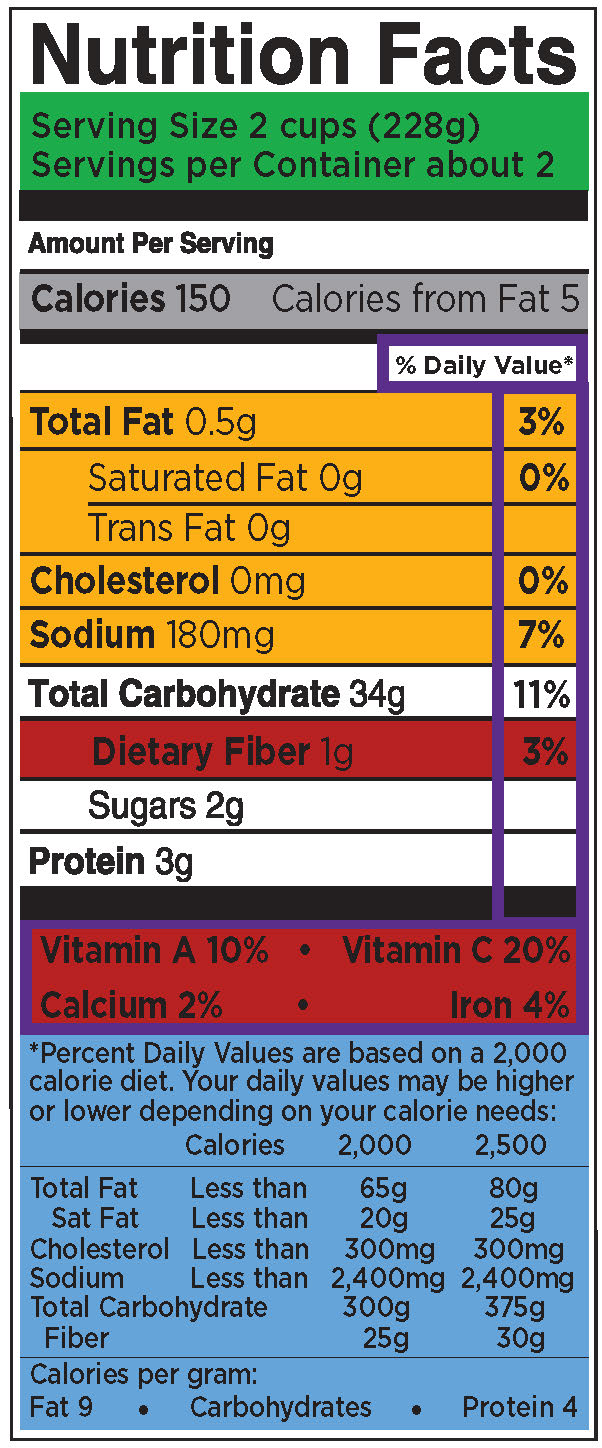

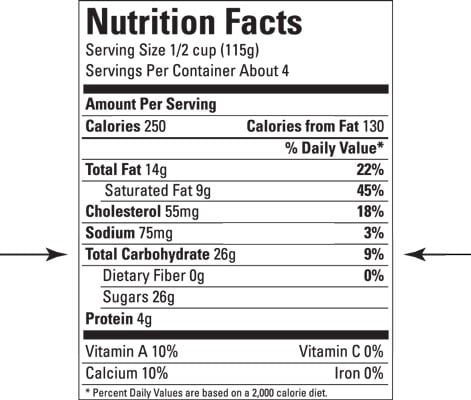







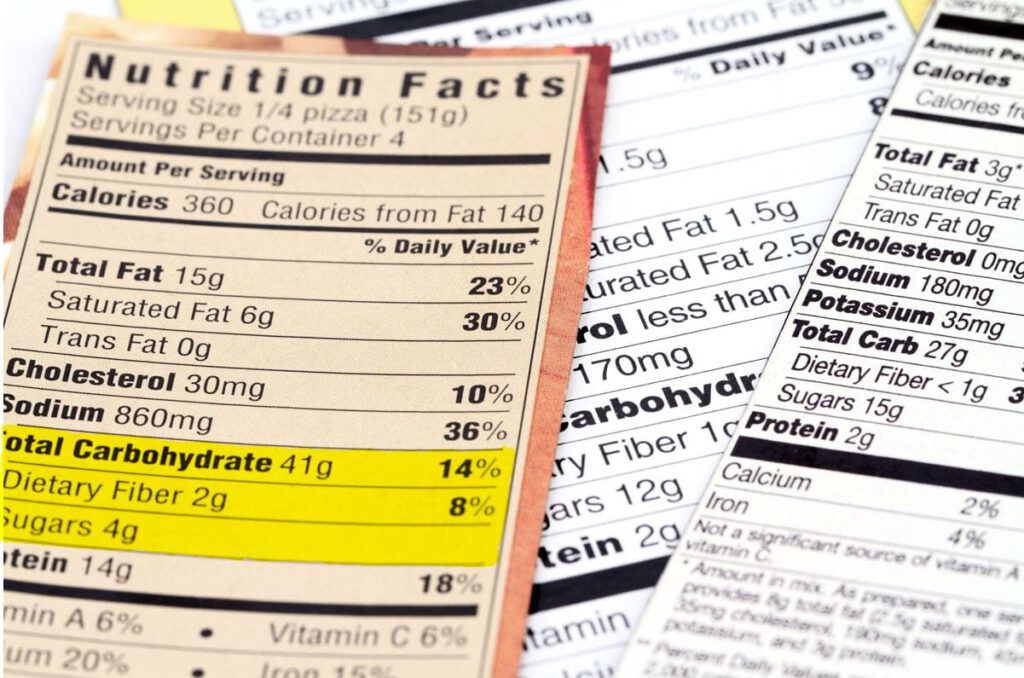
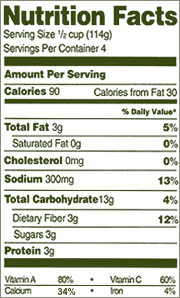
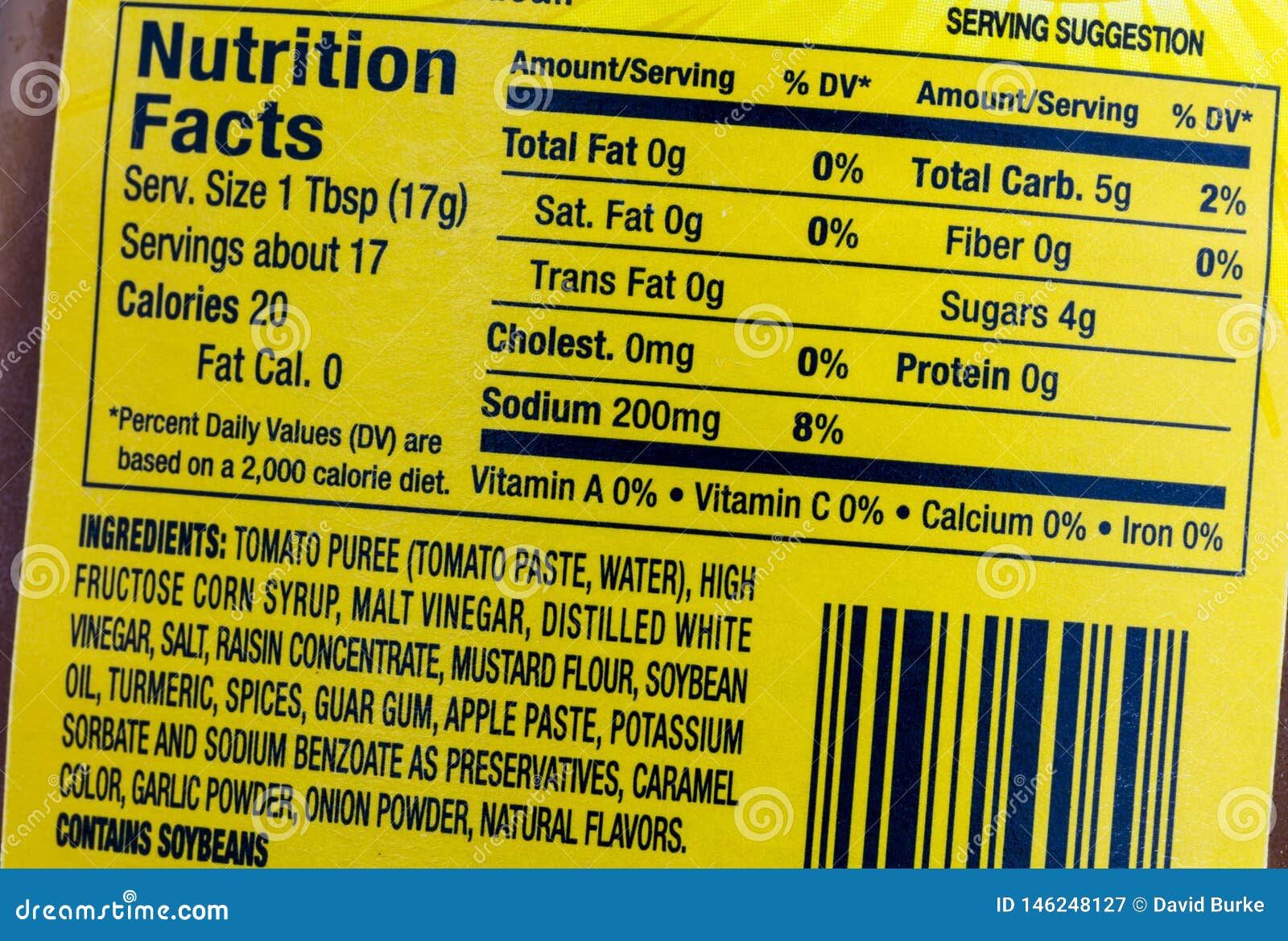


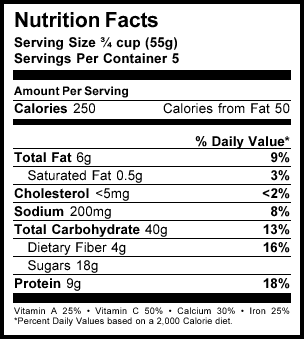

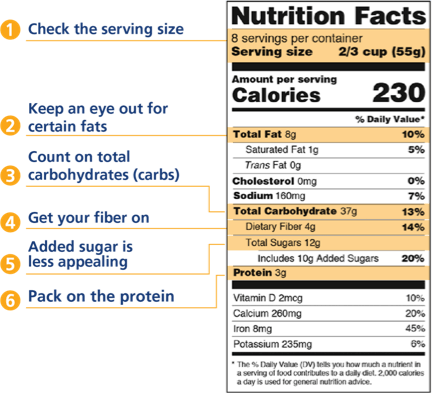
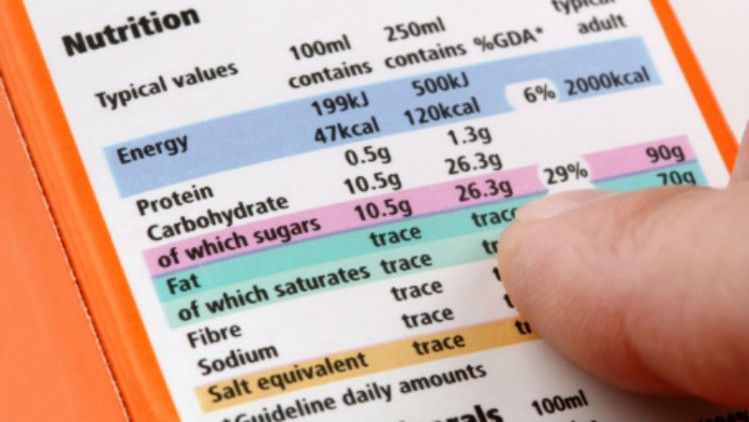

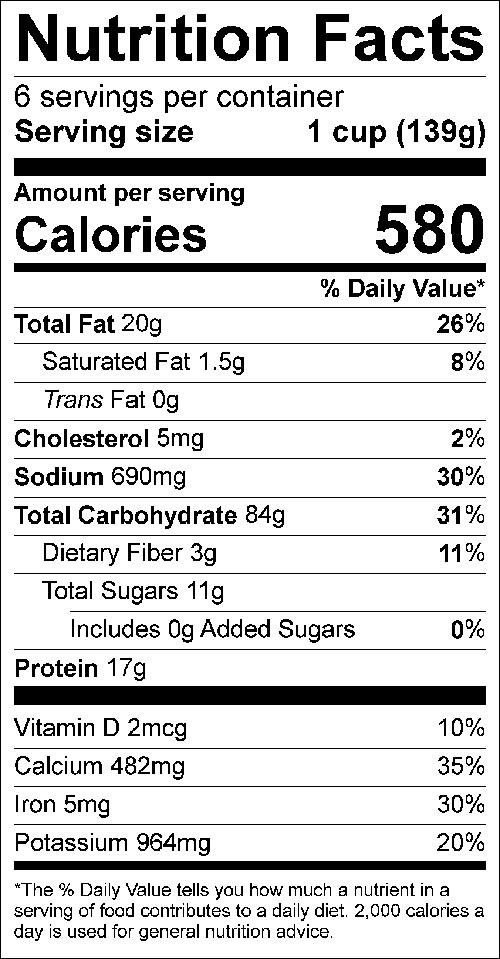
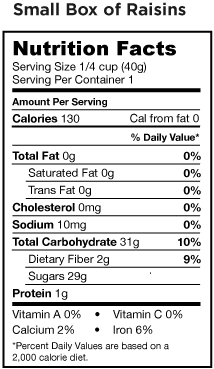
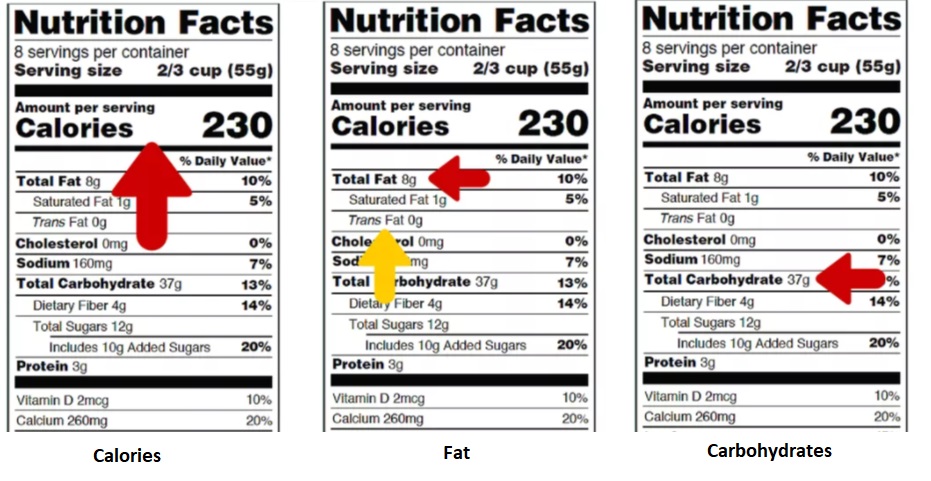
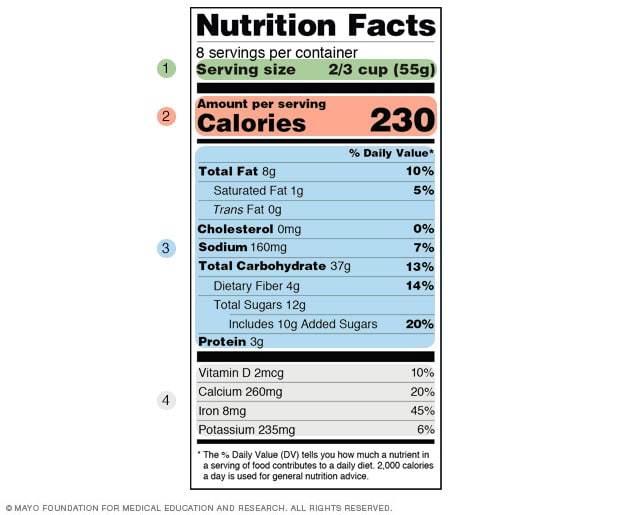



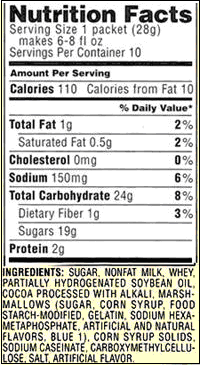



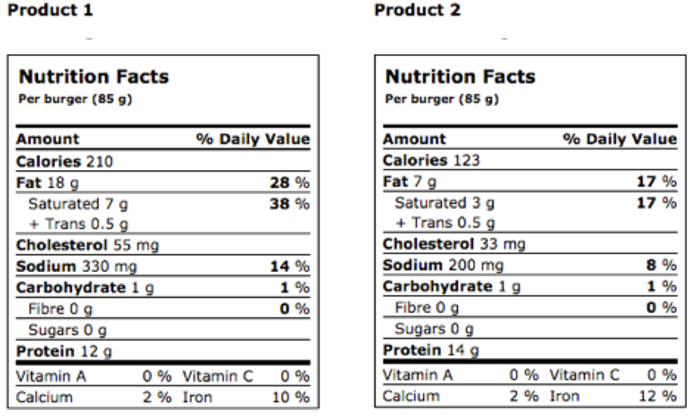
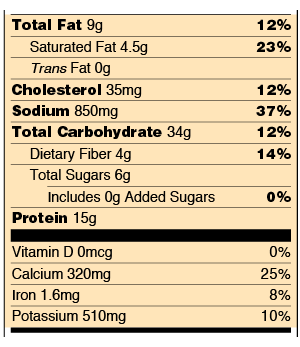
Post a Comment for "44 carbohydrates on food labels"